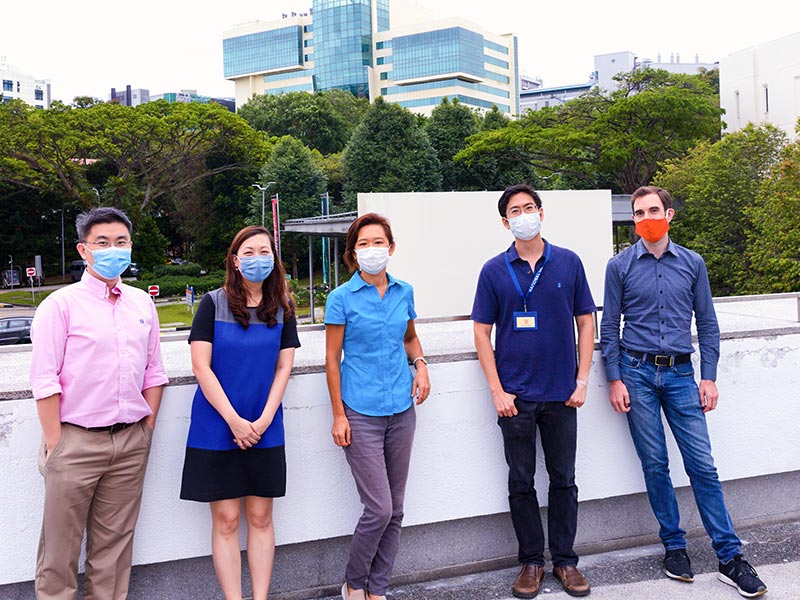Understanding the effects of aneuploidy
Each cell in the human body contains around 2 – 3 metres of DNA. In order for this to fit this into the nucleus, DNA is coiled up by proteins and packaged into chromosomes. A human cell has 46 chromosomes, which associate in pairs. Of these 23 pairs, one is a pair of sex chromosomes, and the other 22 pairs are called autosomes. In some instances, mistakes in cell division can result in an abnormal number of chromosomes and this phenomenon is called aneuploidy. The most well-known example of aneuploidy is trisomy 21, or Down syndrome, which is a chromosomal disorder characterised by having an extra copy of chromosome 21.

Karyotype of human trisomy 21. Courtesy of Dr. Jin Zhu.
Prof. Rong Li and High-throughput Genetics Core Facility Lead Dr. Jin Zhu recently published a comprehensive review on how aneuploidy affects cell behaviour and function in Nature Reviews Molecular Cell Biology (Li, R., Zhu, J. Effects of aneuploidy on cell behaviour and function. Nat Rev Mol Cell Biol (2022). https://doi.org/10.1038/s41580-021-00436-9).
They summarise the mechanisms that can cause aneuploidy, with a focus on the role of various stressors such as DNA replication stress, oxidative stress, and mechanical stress. This is followed by a summary of the effects of aneuploidy on cellular processes such as proliferation, metabolism, and proteostasis. Finally, the authors tackle the role of aneuploidy in disease and ageing. While aneuploidy often results in reduced cell fitness and culminates in cell death, it is also commonly observed in malignant cancers, whereby cells undergo unchecked growth. This paradox may be explained by the ability of aneuploid cells to gain functions that offset the loss of essential genes, or by imparting genetic diversity to drive cancer evolution. As for ageing, the likelihood of aneuploidy occurring increases with cell age. In turn, aneuploidy promotes premature ageing and cell cycle arrest.
A major challenge in aneuploidy research is that the effects of chromosomal imbalance are extremely wide-ranging as multiple genes are affected. Fortunately, the advent of new tools to probe the molecular and cellular aspects of aneuploidy will allow scientists to dissect and target specific mechanisms. This promises to further our understanding of the causes and consequences of aneuploidy and reveal how it impacts human diseases and ageing.







